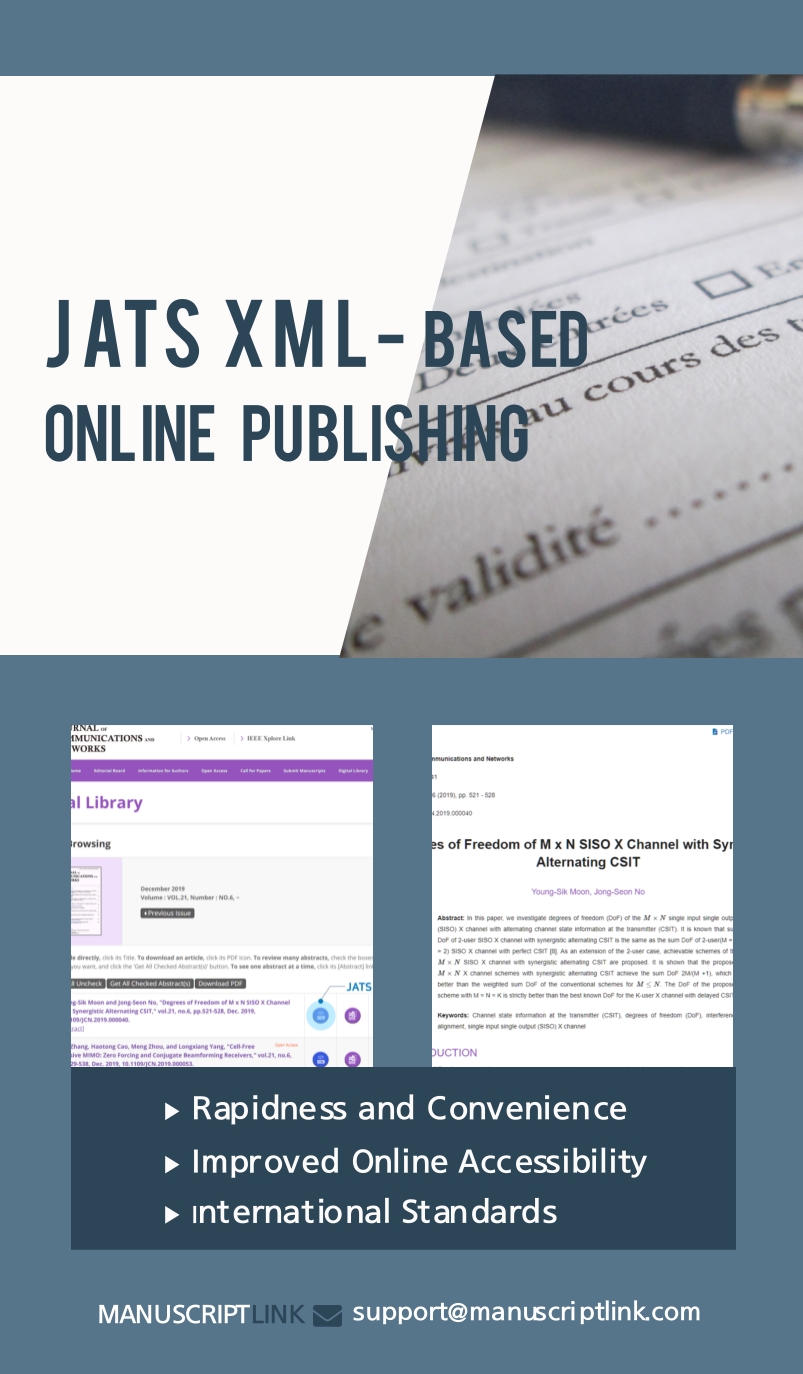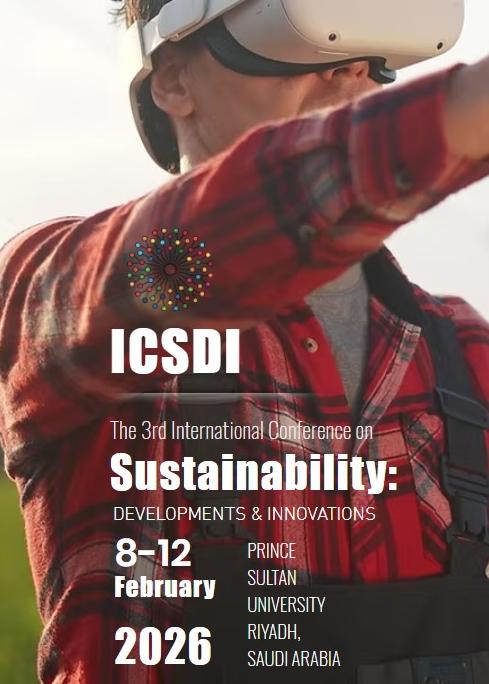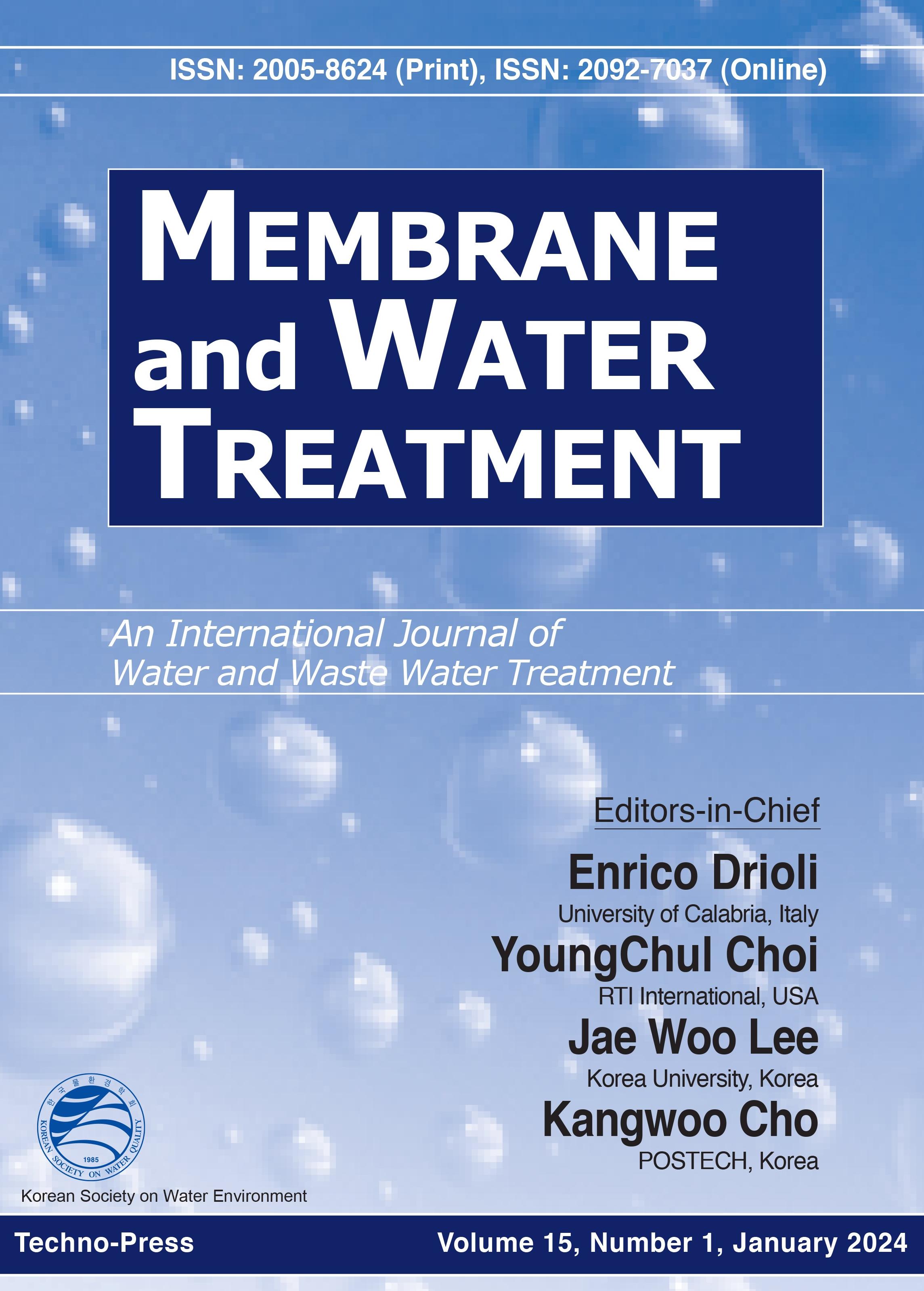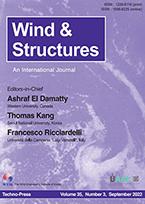33rd BALI Global Congress on Sustainable Solutions in Civil & Architectural Engineering (SSCAE-25) scheduled on Dec. 25-27, 2025 Bali (Indonesia)
SSCAE-25
- URL: https://urcae.urst.org/conference/147
- Event Date: 2025-12-25 ~ 2025-12-27
- Submission Date: 2025-12-01
- Organizer: URCAE
- Location: Bali, Indonesia
Materials Engineering Composite Materials Architecture Environmental & Geological Engineering Manufacturing & Machinery Mechanical Engineering Biomedical Technology Civil Engineering
Topics/Call for Papers
Topics of Interest for Submission include, but are Not Limited to:
I. Sustainable Materials & Technologies
- Green Building Materials:
- Low-carbon concrete (e.g., geopolymers, carbon-cured concrete).
- Sustainable timber and mass timber construction.
- Recycled and upcycled materials (e.g., recycled aggregates, plastic waste in asphalt).
- Bio-based materials (e.g., hempcrete, straw bale, mycelium composites).
- Smart materials (self-healing concrete, phase-change materials, responsive facades).
- Advanced insulation materials (aerogels, vacuum insulation panels).
- Novel Construction Methods:
- Prefabrication and modular construction for reduced waste and improved efficiency.
- 3D printing/Additive manufacturing in construction (concrete, metal, polymers).
- Robotics and automation for precision and waste reduction.
- Digital fabrication and mass customization.
- Sustainable Pavement & Road Materials:
- Porous pavements and permeable surfaces for stormwater management.
- Recycled asphalt and concrete in road construction.
- Cool pavements to mitigate urban heat island effect.
II. Energy Efficiency & Renewable Energy in Buildings
- Net-Zero Energy Buildings (NZEBs) & Net-Zero Carbon Buildings:
- Design strategies for ultra-low energy consumption.
- Integration of on-site renewable energy systems (solar PV, solar thermal, small wind).
- Energy modeling and simulation for performance optimization.
- Case studies and challenges in achieving NZEB.
- Passive Design Strategies:
- Optimizing building orientation, daylighting, and natural ventilation.
- Thermal mass and insulation techniques.
- Facade design for solar control and thermal performance.
- Advanced HVAC Systems:
- High-efficiency heating, ventilation, and air conditioning.
- Geothermal heat pumps and district heating/cooling.
- Smart controls and building management systems (BMS).
- Building Envelope Performance:
- Innovations in windows, glazing, and shading devices.
- Air tightness and thermal bridging mitigation.
- Dynamic facades and adaptive building skins.
- Renewable Energy Integration:
- Building-integrated photovoltaics (BIPV).
- Micro-wind turbines and micro-hydropower for buildings.
- Battery energy storage systems for building resilience and grid interaction.
III. Water Management & Urban Hydrology
- Sustainable Urban Drainage Systems (SUDS) / Green Infrastructure:
- Rainwater harvesting and reuse.
- Green roofs, permeable pavements, and bioretention systems for stormwater management.
- Wastewater reuse and greywater recycling at building and urban scales.
- Nature-based solutions for flood mitigation.
- Water Efficiency in Buildings:
- Low-flow fixtures and water-efficient landscaping.
- Smart water metering and leak detection.
- Urban Water Cycle Management:
- Integrated urban water management strategies.
- Climate change impacts on urban water resources and adaptation strategies.
- Pollutant removal from urban runoff.
IV. Resilient Infrastructure & Climate Change Adaptation
- Climate-Resilient Design:
- Designing infrastructure to withstand extreme weather events (floods, storms, heatwaves).
- Coastal resilience and sea-level rise adaptation.
- Seismic retrofitting and earthquake-resistant structures.
- Disaster Risk Reduction (DRR) in the Built Environment:
- Vulnerability assessment and risk mapping.
- Early warning systems for civil infrastructure.
- Post-disaster reconstruction with "Build Back Better" principles.
- Infrastructure Asset Management for Sustainability:
- Life cycle assessment and costing for long-term resilience.
- Predictive maintenance and structural health monitoring.
- Urban Heat Island Mitigation:
- Cool roofs, cool pavements, and urban greening strategies.
- Urban ventilation and microclimate optimization.
V. Circular Economy in Construction
- Design for Disassembly & Adaptability:
- Creating buildings and components that can be easily deconstructed and reused.
- Flexible designs for future functional changes.
- Construction & Demolition Waste Management:
- Strategies for waste reduction, reuse, and recycling on construction sites.
- Upcycling of construction and demolition waste into new products.
- Material Passports & Digital Logbooks:
- Tracking materials and components for future reuse and recycling.
- Blockchain applications for transparent material supply chains.
- Industrial Symbiosis in Construction:
- Waste products from one industry becoming inputs for another in the construction sector.
- Product-as-a-Service Models:
- Exploring new business models for building components and systems.
VI. Digital Transformation for Sustainable Solutions
- Building Information Modeling (BIM) for Sustainability:
- Integrating sustainability metrics, energy performance, and LCA into BIM workflows.
- BIM for waste reduction and material management.
- Digital Twins & Smart Infrastructure:
- Creating virtual replicas of buildings and infrastructure for real-time monitoring and optimization.
- AI and machine learning for predictive performance and adaptive control.
- Sensors & IoT in Smart Buildings/Cities:
- Real-time monitoring of energy, water, air quality, and structural health.
- Occupant behavior sensing and optimization.
- Computational Design & Optimization:
- Generative design for sustainable architectural forms and structural systems.
- Parametric design for performance-driven optimization.
- Geographic Information Systems (GIS) for Urban Sustainability:
- Spatial analysis for site selection, environmental impact assessment, and urban planning.
- Mapping urban resources and vulnerabilities.
VII. Policy, Economics & Social Aspects
- Green Building Certifications & Standards:
- LEED, BREEAM, WELL, Passivhaus, and other rating systems.
- Development of new performance-based standards.
- Sustainable Urban Planning & Policy:
- Integration of sustainable principles into urban master plans and zoning regulations.
- Incentives and regulatory frameworks for green building and infrastructure.
- Life Cycle Assessment (LCA) & Life Cycle Costing (LCC):
- Methodologies for evaluating environmental and economic impacts over the entire lifespan of a project.
- Socio-Economic Impacts of Sustainable Construction:
- Job creation, local economic benefits, and community engagement.
- Affordable green housing and equitable access to sustainable infrastructure.
- Education & Training for Sustainable Practices:
- Curriculum development for civil and architectural engineers in sustainability.
- Workforce development for green construction jobs.
- Financing Green Projects:
- Green bonds, sustainable investment, and public-private partnerships.














